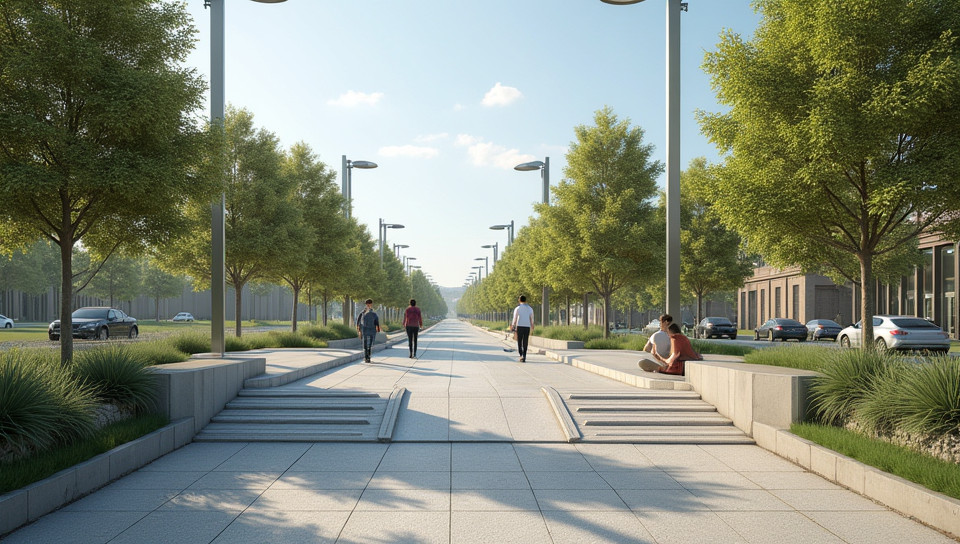Ramps may not provide an adequate accessible route 76%

Creating Accessible Environments: The Hidden Flaws of Ramps
As we strive to create more inclusive and accessible environments, one common solution has been gaining attention in recent years: ramps. However, the notion that ramps can provide an adequate accessible route is a misconception that needs to be addressed. In reality, ramps may not always provide the seamless accessibility that they promise.
The Problem with Ramps
Ramps are often designed as a quick fix for creating accessible routes, but they can sometimes create more problems than they solve. One of the main issues with ramps is that they can be steeper than regulations allow, making it difficult or even impossible for people with mobility impairments to navigate.
The Importance of Compliance
When it comes to accessibility, compliance is key. However, many ramps are built without considering the guidelines set by organizations such as the Americans with Disabilities Act (ADA). This can result in a ramp that is not only unusable but also poses a hazard for those who try to use it.
Factors to Consider When Designing Ramps
There are several factors to consider when designing ramps, including:
- The slope of the ramp: A maximum slope of 1:12 is recommended by the ADA.
- The length of the ramp: Ramps should be long enough to allow users to maintain a safe pace.
- The surface material: Ramps should have a smooth and slip-resistant surface.
- The width of the ramp: A minimum width of 36 inches is recommended.
Conclusion
In conclusion, while ramps may seem like an easy solution for creating accessible routes, they can often be inadequate on their own. By understanding the flaws with ramps and taking steps to address them, we can create more inclusive environments that truly meet the needs of all users.
- Created by: Mikołaj Krawczyk
- Created at: Jan. 9, 2025, 1:41 p.m.
- ID: 17578



